A quill pen is a writing implement made from a moulted flight feather (preferably a primary wing-feather) of a large bird. Quills were used for writing with ink before the invention of the dip pen, the metal-nibbed pen, the fountain pen, and, eventually, the ballpoint pen. The hand-cut goose quill is rarely used as a calligraphy tool, because many papers are now derived from wood pulp and wear down the quill very quickly. However, it is still the tool of choice for a few professionals and provides an unmatched sharp stroke as well as greater flexibility than a steel pen.
In a carefully prepared quill the slit does not widen through wetting and drying with ink. It will retain its shape adequately and only requires infrequent sharpening and can be used time and time again until there is little left of it. The hollow shaft of the feather (the calamus) acts as an ink reservoir and ink flows to the tip by capillary action.
The strongest quills come from the primary flight feathers discarded by birds during their annual moult. Generally the left wing (it is supposed) is favored by the right-handed majority of writers because the feather curves away from the sight line, over the back of the hand. This is actually urban myth. The quill barrel is cut to six or seven inches in length, so no such consideration of curvature or ‘sight-line’ is necessary. Additionally, writing with the left-hand in the long era of the quill was discouraged, and quills were never sold as left and right-handed, only by their size and species.
The Lost Bearded White Brother
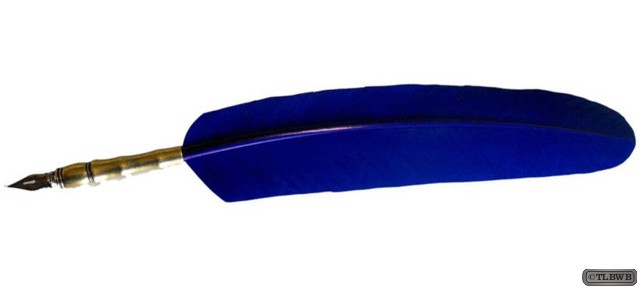
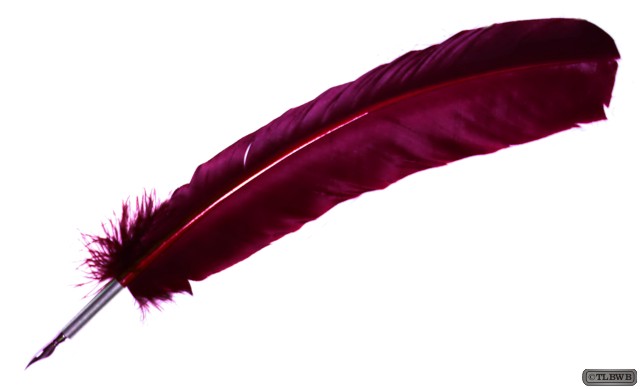
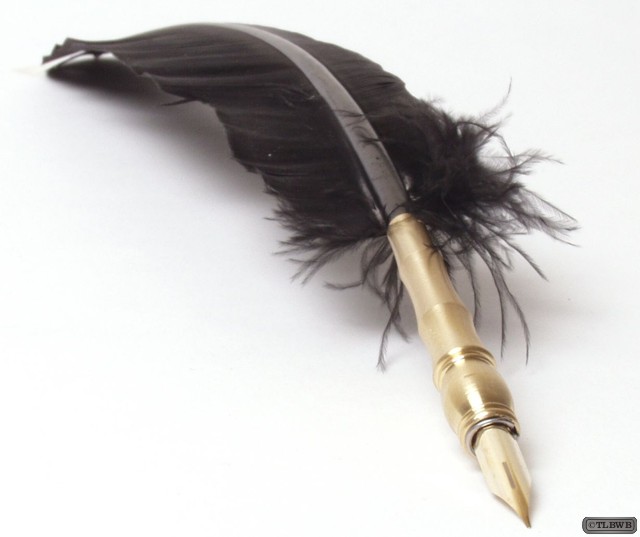
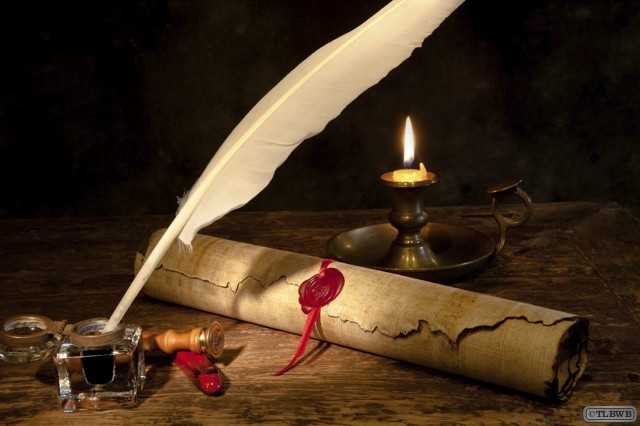
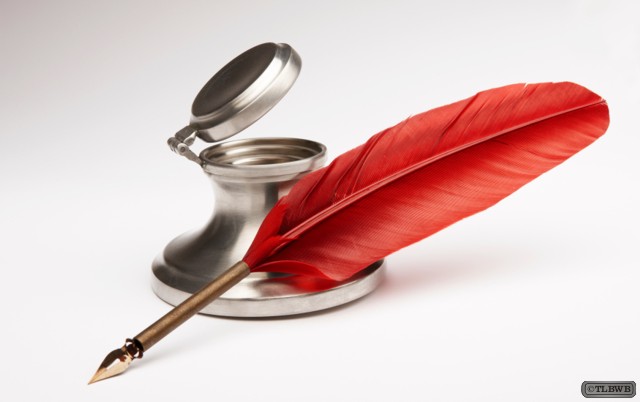
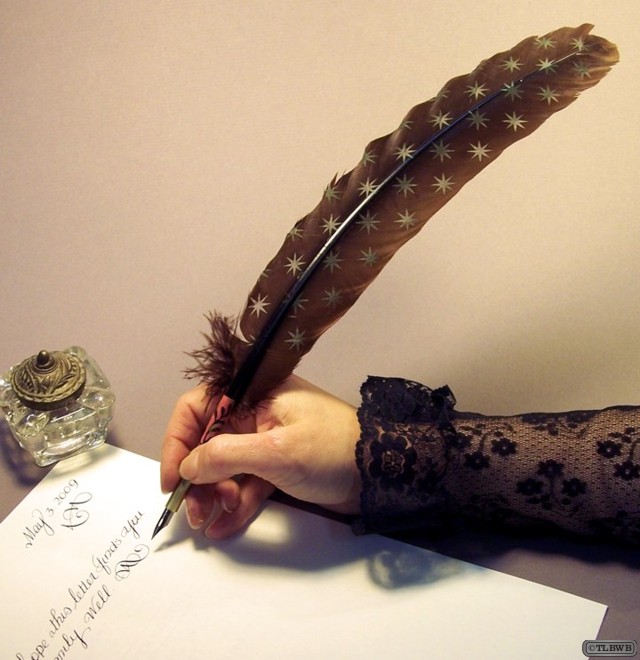
Leave a Reply